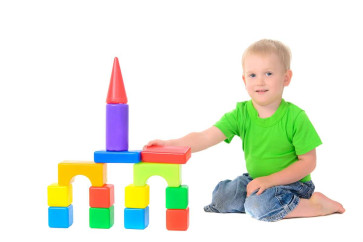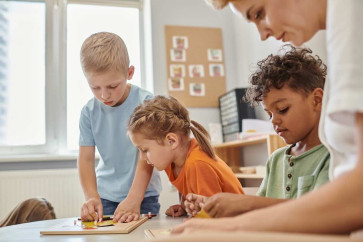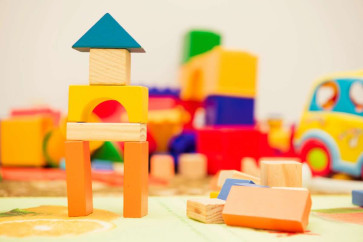Using Toys to Teach the Alphabet: A Fun and Engaging Approach
Learning the alphabet is a significant milestone in a child's early education. But who said it has to be mundane? Toys, with their vibrant colors, varied textures, and interactive features, can make this learning journey exciting and memorable. For parents and educators, toys offer a unique opportunity to teach the alphabet in a way that resonates with young minds.
The Magic of Learning Through Play
Play is the language of children. It's how they explore, understand, and make sense of the world around them. According to a study by Miller and Almon (2018), play-based learning not only enhances cognitive and social skills but also fosters creativity and imagination. When toys are integrated into learning, children are more likely to be engaged, retain information better, and develop a genuine love for learning.
Alphabet Toys: Turning Letters into Playmates
From alphabet puzzles to letter blocks, the market is flooded with toys designed to teach the ABCs. These toys transform abstract letters into tangible playmates, making the learning process more relatable and enjoyable for children.
| Alphabet Puzzles: These are fantastic tools to introduce letters to children. As they fit each letter into its slot, they not only learn its shape but also enhance their fine motor skills. A study by Thompson et al. (2019) highlighted the benefits of puzzle play in promoting spatial and literacy skills in children. | 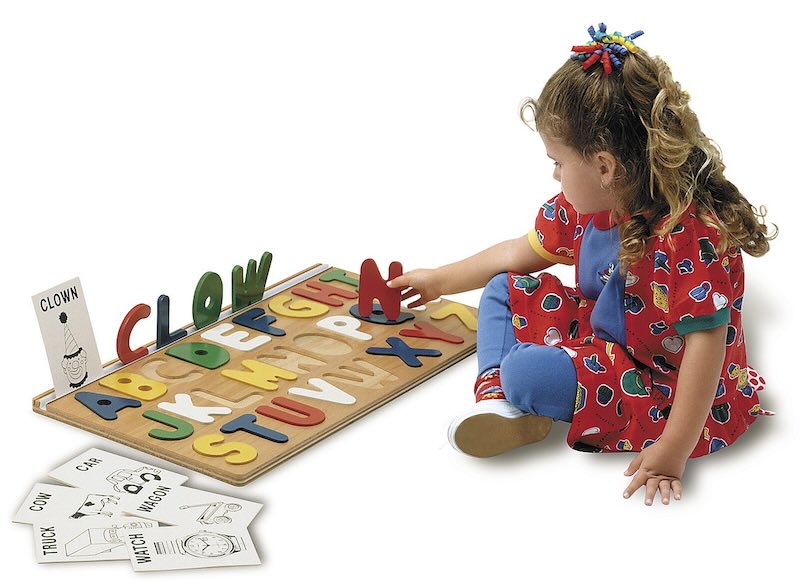 |
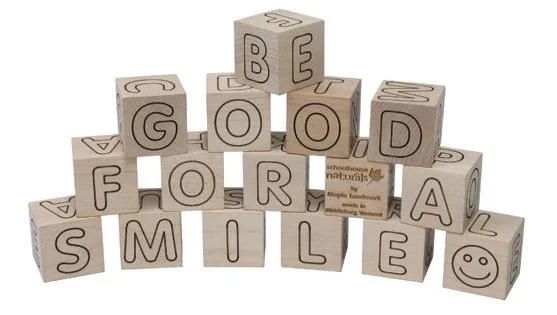 |
Letter Blocks: Stacking, arranging, and knocking them down! Letter blocks are versatile toys that can be used in numerous playful activities. Each block, adorned with a letter, becomes a building block of words and sentences, laying the foundation for spelling and reading. |
| Alphabet Mats: These colorful, interlocking foam tiles are not only fun to play with but also introduce children to letters and their sounds. As kids walk, jump, or even dance on these mats, they become familiar with each letter's shape and sound, making learning a physically engaging experience. | 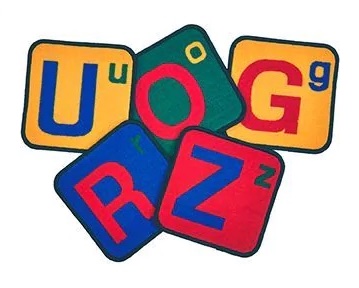 |
Electronic Learning Toys: In today's digital age, electronic toys that teach the alphabet through songs, lights, and interactive games are becoming increasingly popular. These toys offer auditory and visual cues, aiding in better retention and recall of letters. Brands like LeapFrog and VTech have developed toys that use technology to make alphabet learning interactive and fun.
| Letter Magnets: Often found on refrigerators, these magnets can turn any metallic surface into a learning playground. Our Letter Magnets are actually magnetic trains that can be attached together to create words like the child's name. Hence, they are called Name Trains. Children can arrange letters, form simple words, or even categorize them based on their shapes or sounds. This hands-on approach not only reinforces letter recognition but also introduces them to the concept of word formation. |  |
Alphabet Books with Textures: These are not your regular alphabet books. Each page has a textured letter that children can touch and feel. This tactile experience reinforces letter recognition and adds a sensory dimension to learning. Such books cater to children's innate curiosity, allowing them to explore letters with their fingertips.
Alphabet Flashcards: Flashcards are a timeless teaching tool. When it comes to the alphabet, flashcards with vibrant illustrations and clear letters can be used in a myriad of ways - from simple recognition exercises to memory games. They are portable, making them perfect for on-the-go learning.
Interactive Alphabet Apps: With the rise of tablets and smartphones, there are numerous apps designed specifically for alphabet learning. These apps combine visuals, sounds, and touch-based interactions to create a multisensory learning experience. Apps like "Endless Alphabet" and "ABC Kids" are popular choices among parents and educators.
Alphabet Stamps: Stamps are a fun way for children to practice letter recognition and spelling. They can stamp out their name, simple words, or even sentences. This activity not only reinforces their knowledge of the alphabet but also helps in improving their spelling and vocabulary.
Benefits of Using Toys for Alphabet Learning
Using toys as a medium for teaching the alphabet has multiple benefits. Firstly, it makes the learning process more interactive and hands-on. Children are naturally curious, and toys cater to this curiosity, allowing them to explore and discover at their own pace. Secondly, toys provide a multi-sensory learning experience. Whether it's the texture of a letter puzzle, the sound of an electronic alphabet toy, or the visual appeal of colorful letter blocks, toys stimulate multiple senses, enhancing retention and recall. Lastly, toys make learning fun. They transform the often daunting task of memorizing 26 letters into a playful and enjoyable activity.
Conclusion
Teaching the alphabet doesn't have to be a repetitive drill. With the right toys and tools, it can be a delightful adventure filled with discovery and joy. As parents and educators, our role is to provide children with the tools and environment that make learning a playful and enriching experience. Another insightful read on the benefits of play-based learning is provided by Bergen (1993), which emphasizes the cognitive and emotional benefits of play in early childhood education.
Spell Your Name with Alphabet Name Trains!
Let your child's creativity soar with our Alphabet Name Trains, designed to make learning to spell their own name a fun and engaging experience.
Get Your Name Train Now



